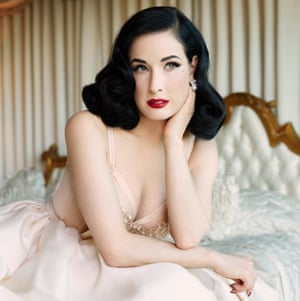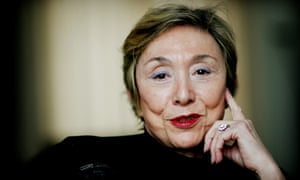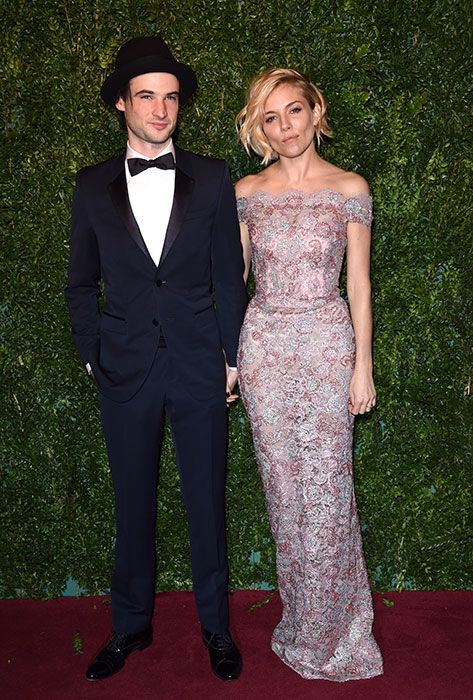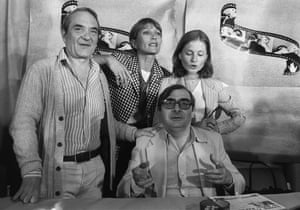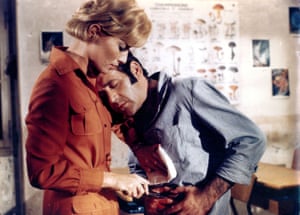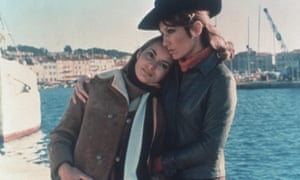 |
| Julia Kristeva |
The ideas interview: Julia Kristeva
Why is a great critic ashamed of being fashionable?
By John Sutherland
Tue 14 Mar 2006
T
o her admirers, Julia Kristeva is one of the heroic band of French critics who injected "theory" into the sluggish Anglo-Saxon cultural bloodstream. To diehards on the other side, she is a prime exponent of impenetrable and unnecessary critical complexities. One colleague, to whom I mentioned her name replied with the single word "bonkers". Another suggested she should get a Nobel prize.
She is particularly associated with three concepts, which she now seems to wish to disown. Le semiotique is the idea that speech works as much through sub-verbal codes as by what is actually said. The real work of signification is done in the "cleavage between words and meanings". This fascination with the sub- or pre-verbal is something that, looking back, Kristeva now associates with the liturgy of the Orthodox Church: "All my childhood was bathed in this," she says.
The second of Kristeva's hallmark ideas is what she calls "abjection". Why, Kristeva inquires, are we fascinated by things that disgust and horrify us? As she put it in her essay on the subject: "There looms, within abjection, one of those violent, dark revolts of being, directed against a threat that seems to emanate from an exorbitant outside or inside, ejected beyond the scope of the possible, the tolerable, the thinkable. It lies there, quite close, but it cannot be assimilated. It beseeches, worries, and fascinates desire, which, nevertheless, does not let itself be seduced."
Most famously, Kristeva is associated with the concept of "intertextuality" - the idea that all literature is constantly in conversation with all other literature, undetachable, as a single unit, from the textual mass. Having patented these influential ideas, Kristeva is now acutely uneasy at being chained to her own thought, or confined within her own thinking. "I am very proud of the widespread use of my ideas," she says, "and at the same time very much ashamed because they have become so fashionable. Everybody thinks and talks about 'intertextuality', everybody thinks and talks about 'abjection'. The ideas become politically correct everywhere in the world and I hate it because I think when people repeat what you have done and said, they can no longer recognise you yourself. You are denied. It's a kind of decay of this moment when the idea burst out of your mind. Now the idea is consumerised."
Kristeva applies one term to her project - "synthetic". She likes to join things, mix them fluidly. It is, perhaps, something that links with her background. She came to France in 1965, aged 24, as a refugee from communist Bulgaria. She says she now thinks in French. But clearly, as her latest writing indicates, she still feels Bulgarian.
In recent years, restless as ever, Kristeva has utilised fiction as her principal mode of expression. Her latest detective novel, Murder in Byzantium, revisits the Greek Orthodox Christianity of her childhood and incorporates religious conspiracies and Thomas Harris-style serial killers. What does she see as the connection between Kristeva the critic and Kristeva the novelist? "There is a continuation", she replies. "As you know, I belong to the tendency, or school, in French philosophy which developed in the 60s, in which conceptual work is deeply involved with the personal and in which notions, or ideas, are sutured by style. There is a lot of imagination, rhetorical figures, subjective expressions and so on that that often bother the so-called Anglo-Saxon reader because they consider this French 'stuff' - theory - to be somehow indigestible."
Why is her latest novel so concerned with religion? Is she attracted by the Church? Or merely fascinated by it? "I am not a believer, I believe in words. There is only one resurrection for me - and that is in words. My novel is a kind of anti-Da Vinci Code. I'm not Catholic by background. My father was a very great believer, but in the Orthodox Church, in Bulgaria. As a young woman my Oedipus conflict was in a perpetual fight with that." She laughs. "Afterwards I tried to understand what Christianity is and my approach became more intellectual. On the one side, I'm very much interested in religion. On the other hand, I don't make any kind of spiritual - how shall I say - extrapolation or message. My idea is to link religion with politics and see how in both of them there were, and will be, a lot of crimes and human folly."
Why the detective novel format? "It is necessary to revisit the starting point of my writing detective stories. I date it as some months before the fall of the Berlin Wall in 1989, when my father was assassinated in a Bulgarian hospital. It was a very, very difficult experience for me. When I arrived, after he was dead, the family was not informed of the cause of his death.
We could make no inquiry as to who was the criminal who had done it. And finally he was, without our permission, cremated, which was wholly contrary to his religious belief. It was very, very difficult for me to recover from this grief - to mourn. In this situation the detective story imposed itself on me, without any voluntary act on my part."
Since then, Kristeva has written a string of detective novels. Is it an entirely separate exericise from the academic work?" No. This is why I made the point about the 60s, and the French theoretical 'stuff'. There have always been some personal implications in my essays. But now it's a jump because I think that writing novels is a sort of process I like to call transubstantiation. There is, as I see it, a very strong linkage between words and flesh in writing fiction. It's not merely a mental activity. The whole personality is in it. You have psychology, you have belief, you have love affairs, you have sexuality, you also have a connection to language. When I'm writing novels, I am making a voyage around, or into, myself. I do it also, of course, in my essays. But my essays are a defence of my self-voyaging. In the novel, I take all the risks of the traveller, or the explorer. And I get all the pleasures as well"

